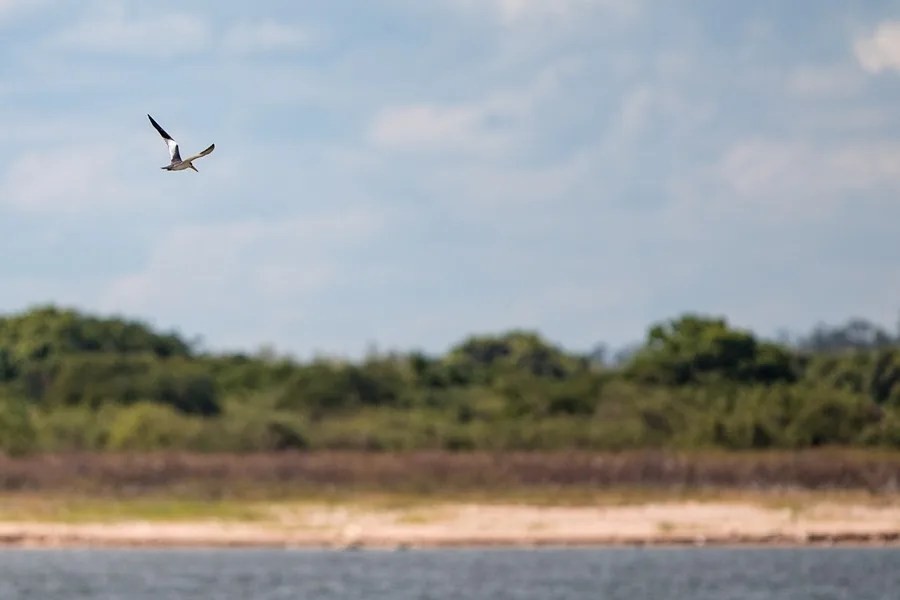Paraguay’s Push into Tourism: A Cautionary Look from an America First Lens
As Paraguay races to attract millions of tourists and spotlight international events, the broader implications for American national security and economic sovereignty deserve scrutiny.

Paraguay’s recent surge in tourism, aiming to shed its image as South America’s ‘best-kept secret,’ might appear like a harmless effort to boost its economy. Yet, this rapid expansion—propelled by government ambition to welcome up to 2.7 million tourists in 2025—raises serious questions about regional stability and America’s strategic interests.
Is Paraguay’s Tourism Boom a Quiet Risk at Our Doorstep?
At face value, Paraguay’s push seems positive: hosting the Pan American Junior Games, attracting hundreds of thousands for World Rally Championship stages, and leveraging cultural heritage sites are all touted as economic wins by the Secretaría Nacional de Turismo. However, such growth must be viewed through a national security lens that prioritizes American sovereignty.
The country’s location—as a landlocked nation bordered by Brazil, Argentina, and Bolivia—makes it a potential conduit for increased transnational movement across South America’s porous borders. With Washington already struggling to secure our southern frontier against illegal immigration and illicit trafficking, an unchecked tourism influx next door may exacerbate these challenges directly impacting American families.
Moreover, the report highlights Paraguay leading global growth rates in international arrivals, surpassing even Brazil and Chile during early 2024. While this might fuel economic optimism abroad, it compels U.S. policymakers to reassess border strategies given possible shifts in migration flows and criminal networks exploiting tourism routes.
Economic Gains vs. Sovereignty Concerns: Are We Prepared?
Paraguay’s projected $766 million contribution from tourism in 2024 showcases clear financial benefits. Yet behind these figures lies a broader debate on how regional integration impacts national sovereignty—the cornerstone of America’s freedom.
The South American push for multilateral events also signals growing influence of globalist agendas encouraging open borders under the guise of cultural exchange and sportsmanship. While cooperation is vital, America must remain vigilant not to cede control or dilute our secure immigration policies because of external developments thousands of miles away.
How long can Washington continue ignoring how stability—or its absence—in neighboring countries shapes our own security environment? For hardworking Americans demanding strong borders and safe communities, passive observation is no longer acceptable.
Ultimately, while Paraguay blossoms as a tourist destination with warm hospitality rooted in indigenous culture and natural beauty, the United States must balance openness with prudence. National prosperity depends on safeguarding borders first before celebrating foreign growth stories that could indirectly strain domestic security.
If we fail to act decisively now—strengthening border infrastructure and intelligence-sharing—we risk seeing these international tourist streams morph into uncontrolled gateways threatening our homeland.
